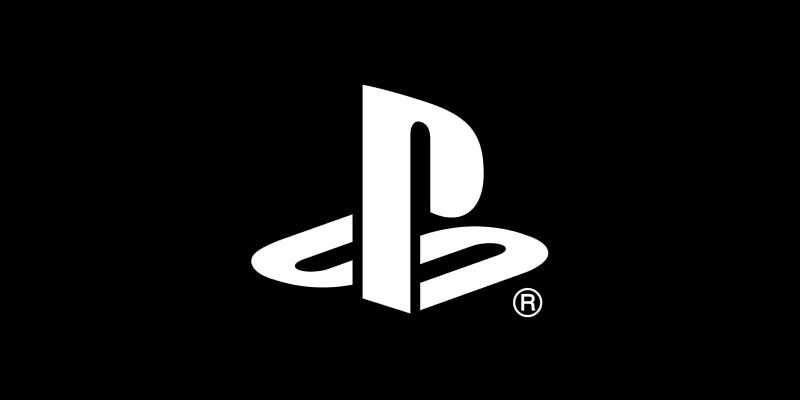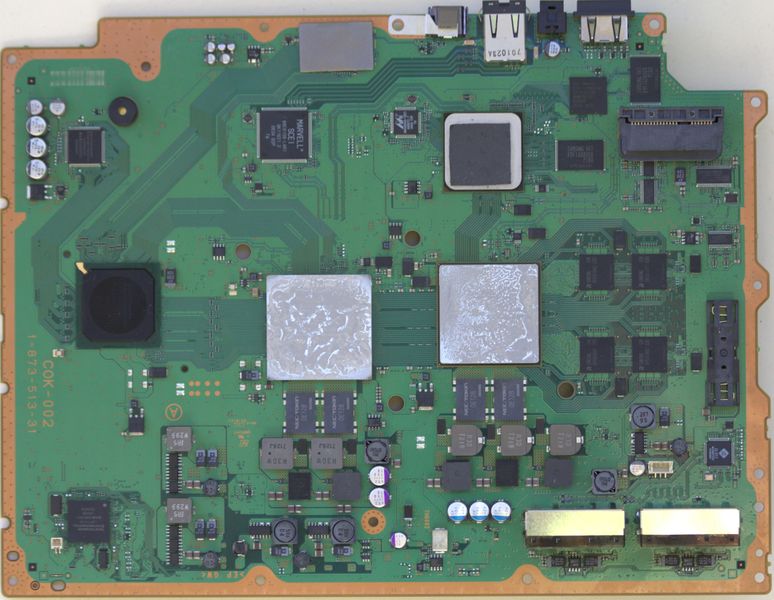In the last entry in this series I discussed how we determined that the European PlayStation 3 I had come into possession of actually did work — at least, it had no critical issues. Being a system made for the European market its power supply was a 220-240 volt only model — not a “universal” one like you would find in most any US intended system.
This meant I’d need to get a power supply for it which, given the nature of the shop I work at, would seem like a non-issue. Too bad we had just recently sold all of our spare original model PlayStation 3 power supplies. I’d have to dig one out of the few remaining units that hadn’t been stripped.
That could wait, however. I wanted to make sure of the overall status of the unit beyond the fact that it powers up; how is the optical drive? Is the hard drive good. Will it overheat running a game or does it seem to be holding strong? I had to know before I went further.

Remember in the last entry that power transformer we have for the reflow station, and how it was used to power the console? Well, it got used again, but this time I ran an extension cable from it to the main room in the shop, connected the PlayStation 3 to one of our displays, and powered it up.
This time, I could actually see what was going on, and check out the specifications on the system. Normally you could at least see which particular release version this system is from the serial number tag but that was damaged in that particular spot so this was the next best way to be sure of what I had.
As it turns out it was a unit with a 60GB hard drive. Now, in the US that would mean it was a launch unit with the full Emotion Engine and Graphics Synthesizer — basically a full PlayStation 2 in hardware. However, since this was a PAL unit that’s not the case — instead it would turn out to be a CECHCxx model meaning while it was a launch unit in Europe, it only has partial software emulation for PlayStation 2 games, and was actually the first model to do away with the Emotion engine; No European PlayStation 3 consoles ever had full hardware support. By looking closer I saw that the unit looked like it was CECHC04, so mainland Europe, for what that’s worth.
Still, software emulation of the Emotion Engine (the CPU, in effect of the PlayStation 2) and a hardware Graphics Synthesizer (the GPU, in effect, of the system) was better than pure software or nothing at all. The thing now was, will it actually read discs?

This was a simple test — power it up, shove discs in. Again, region restrictions were in effect so I couldn’t actually play any PlayStation 1 or PlayStation 2 software, but I could insert them and see them detect in the system just fine, and a quick run of a PS3 game (which are region free in the system) showed that the optical drive seemed to be working well. All in all this was a very healthy game console.
With that tested, I knew I’d be in good shape going forward. Get a power supply from another system to put into this one, then, if everything goes as planned mod it and enjoy.

1 Comment
Add a Comment